
See why and how to choose melon effectively...

1. The Field Spot (Yellow Belly)
-
What it is: The field spot is the area of the watermelon that rested on the ground while the fruit grew.
-
What it means:
-
When the spot is creamy yellow or even orange-yellow, it shows that the melon ripened naturally under the sun.
-
A pale yellow or white spot means it was picked too early, before all the sugars had time to develop.
-
-
Science behind it:
The longer the melon stays attached to the vine, the more photosynthesis and sugar accumulation happen in the fruit. The yellow color is a result of natural ripening, which brings out sweetness and deeper red flesh.
✅ Choose: Big, dark yellow field spot
🚫 Avoid: White or small spot
2. Webbing or Sugar Lines
-
What it is: These are brown, net-like scars or “veins” on the rind.
-
What it means:
These marks show where bees touched the pollinated flower many times — each contact means more pollination, which results in sweeter fruit. -
Science behind it:
Each pollination stimulates sugar transfer and ripening hormones inside the fruit. The more pollination = higher sugar content = sweeter taste.
✅ Choose: Visible brown webbing or sugar streaks
🚫 Avoid: Smooth rind with no markings
3. Shape and Symmetry
-
Round watermelons → usually sweeter and softer in texture
-
Oval or elongated watermelons
→ usually more watery and less sweet -
Misshapen or uneven melons might have had inconsistent growth or irregular watering.
✅ Choose: Even, round shape with balanced sides
4. Sound Test (Knock or Tap Method)
-
How to do it: Tap the melon with your knuckles.
-
Listen carefully:
-
A deep, hollow sound = ripe and full of juice.
-
A dull or flat thud = overripe or underripe.
-
-
Why it works:
When a watermelon is perfectly ripe, its inner flesh vibrates when struck, creating that hollow resonance. Underripe or overripe ones have denser or mushier flesh, which muffles the sound.
✅ Choose: Hollow “boom” sound
🚫 Avoid: Dull “thud” sound
5. Color and Shine
-
Dull, matte rind = ripe
-
Shiny or glossy rind = underripe
-
Even stripes with a strong contrast
between dark and light green are a good sign of a well-developed fruit. -
Science behind it:
A dull surface indicates the outer skin has thickened — a natural part of the ripening process. Shiny ones haven’t yet finished developing sugars and flavor inside.
✅ Choose: Dull, dark green rind with visible striping
6. The Stem or Tail
-
Dry, curly, brown tail = watermelon ripened naturally on the vine.
-
Green or fresh stem = picked too early (it’s still maturing).
-
Why it matters:
When the melon detaches naturally, the stem dries out as the fruit completes ripening. If it’s green, the plant was forced to stop feeding the fruit too early.
✅ Choose: Dry, brown stem
🚫 Avoid: Green, moist stem
7. Weight and Density
-
How to check: Pick up two melons of the same size.
-
Choose the heavier one.
-
Why:
A heavy melon means it’s full of juice, which equals more water and sugar inside. A lighter one likely has more air pockets or is dried out.
✅ Choose:
Heavier for its size8. Uniform Color and Texture
-
Check that the rind has a consistent pattern and no soft spots or cracks.
-
Small scratches or bee stings are fine — they usually happen during natural growth and don’t affect quality.
-
Avoid fruits with bruises or discolored patches — these could mean damage or rot.
✅ Choose: Consistent green color, firm texture
9. Check the Flesh (if you can see it, e.g., at markets)
If a vendor shows a cut watermelon:
-
The flesh should be deep red or crimson, not pale pink.
-
Seeds should be dark brown or black, not white (white seeds = underripe).
-
Flesh should look crisp and grainy, not mushy.
✅ Choose: Deep red flesh with dark seeds

🍉 Pro Tips from Farmers
-
Morning-pick watermelons are often sweeter because the sugar concentration peaks overnight.
-
Avoid refrigerated ones if you want to ripen them at home — cold stops the ripening process.
-
Once cut, store in the fridge and eat within 3 days to preserve nutrients and flavor.
✅ Summary: Signs of a Perfect Watermelon
| Feature | What to Look For | Why It Matters |
|---|---|---|
| Field spot | Big, deep yellow | Naturally ripened |
| Webbing | Many brown lines | High sugar content |
| Shape | Round | Sweeter texture |
| Sound | Hollow | Juicy and ripe |
| Rind | Dull, dark green | Fully matured |
| Stem | Dry and brown | Naturally detached |
| Weight | Heavy for its size | Full of juice |
| Flesh | Deep red with black seeds | Sweet and fresh |
News in the same category


Tips for cleaning an air fryer without scrubbing and still clean as new

The water pipe is clogged, just blame this and it will be solved easily, no need to waste money calling a plumber.

How to clean the bathroom easily and effortlessly: It will stay clean and fragrant all week long
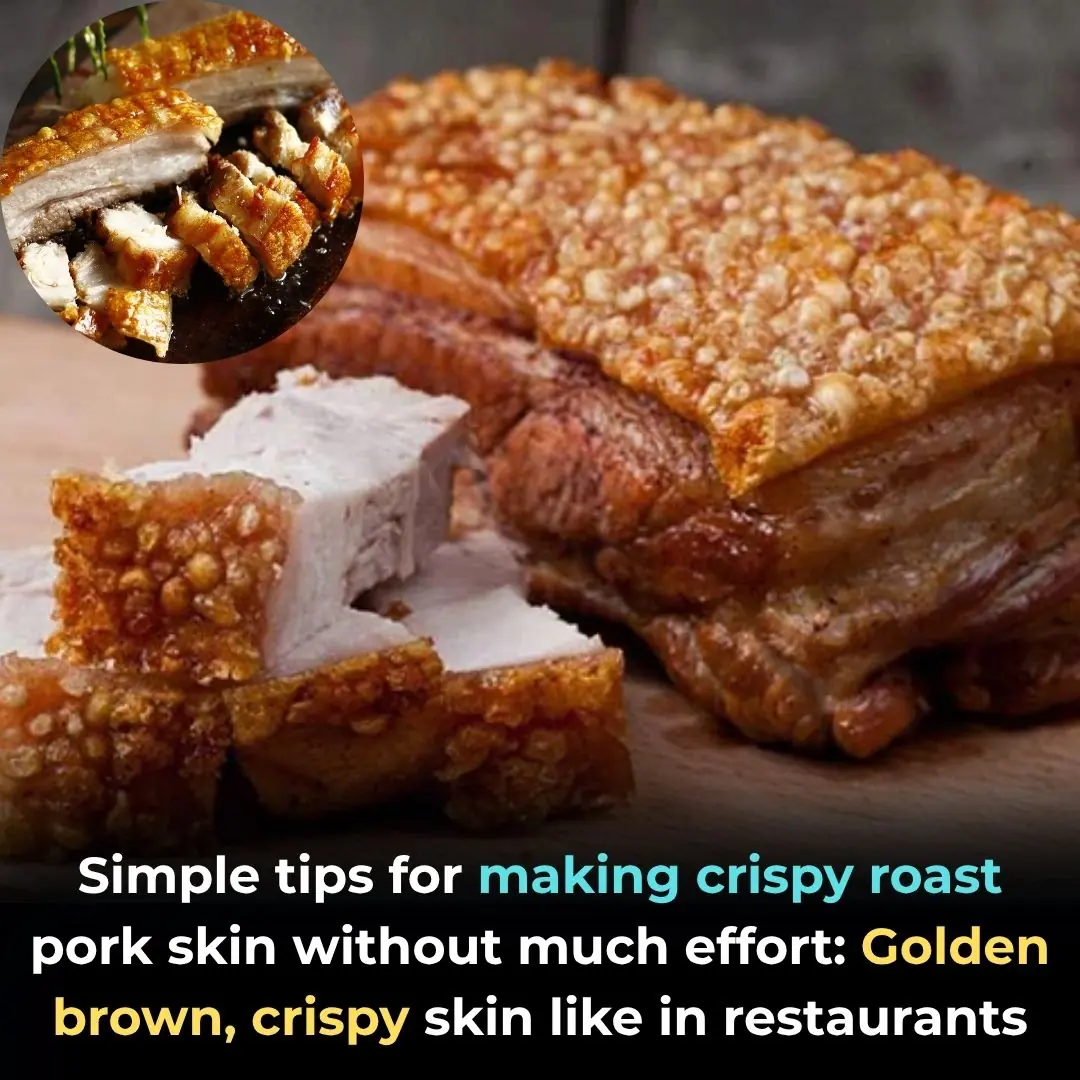
Simple tips for making crispy roast pork skin without much effort: Golden brown, crispy skin like in restaurants

Dirty sofa, do not use wet towel to wipe: Use this to clean it, it will not be damaged
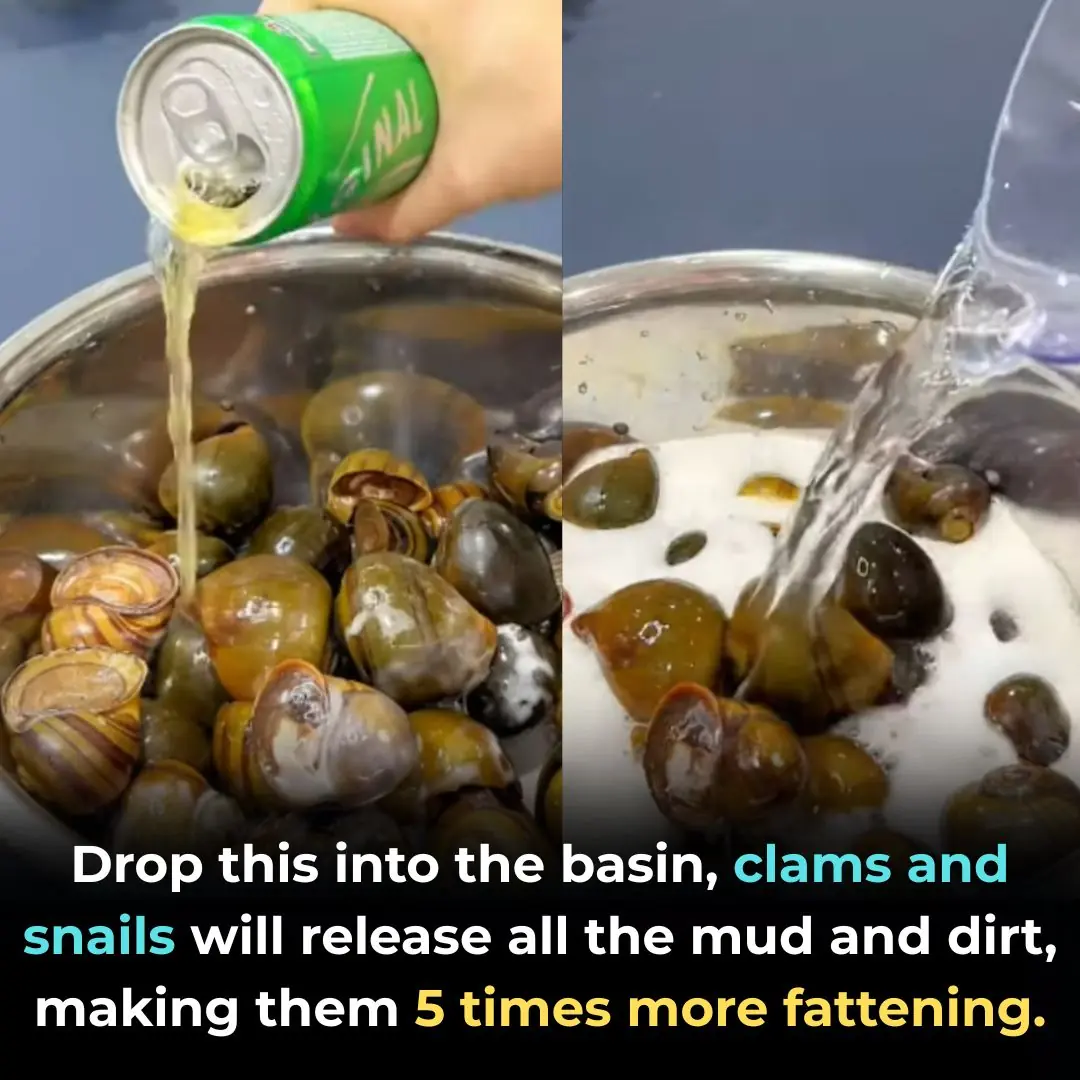
Drop this into the basin, clams and snails will release all the mud and dirt, making them 5 times more fattening.

Tips to avoid blackening pots when using gas stoves: Very simple, everyone should know
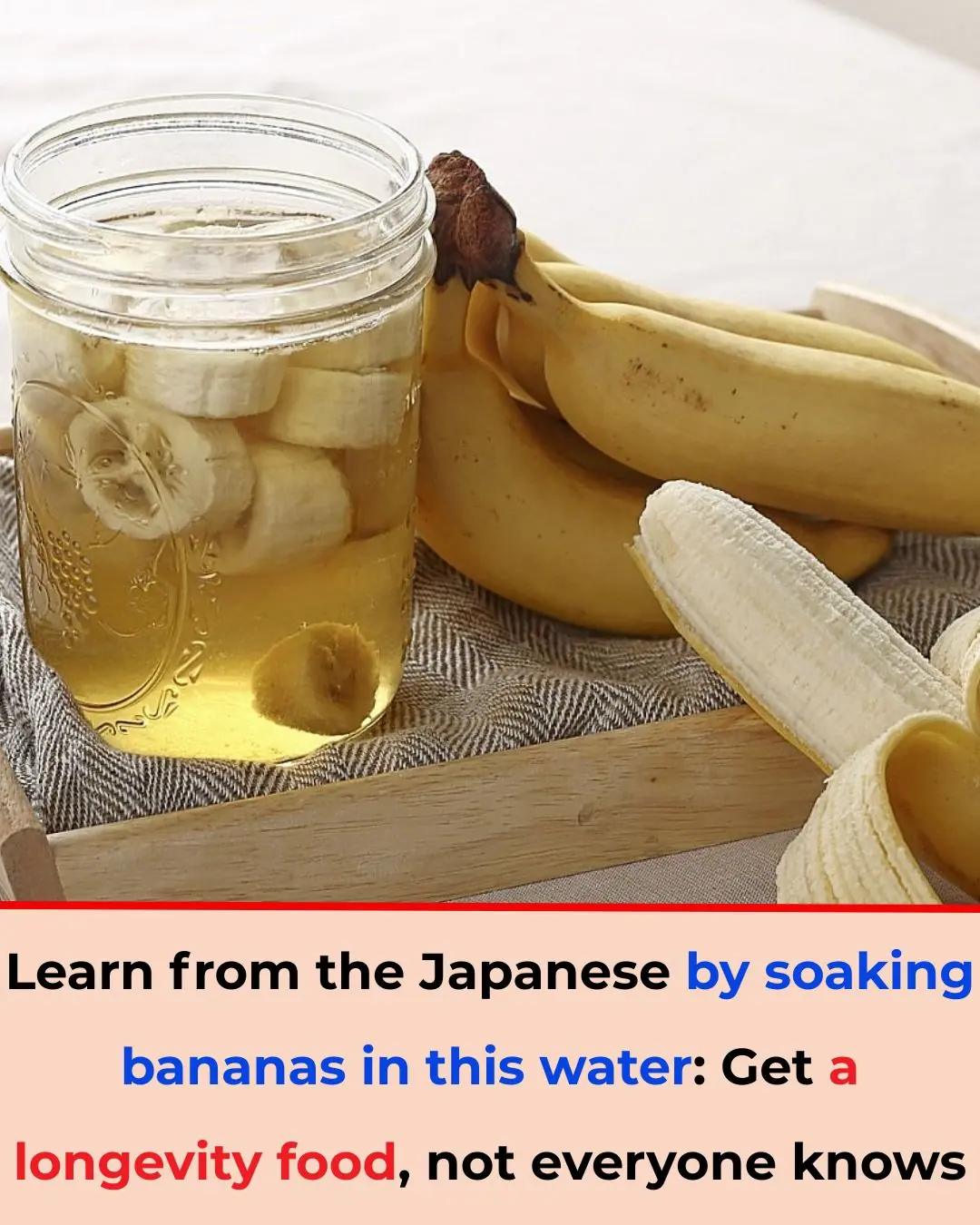
Learn from the Japanese by soaking bananas in this water: Get a longevity food, not everyone knows

You are doing it all wrong. Here's the right way to clean stainless steel

Should You Throw Toilet Paper in the Toilet or in the Trash?

You are doing it all wrong. Here's the right way to clean your windows

Add This to Your Mopping Water – Your Floors Will Shine Like New and Stay Dust-Free for a Whole Week

Hidden Smartphone Tricks You Didn’t Know About
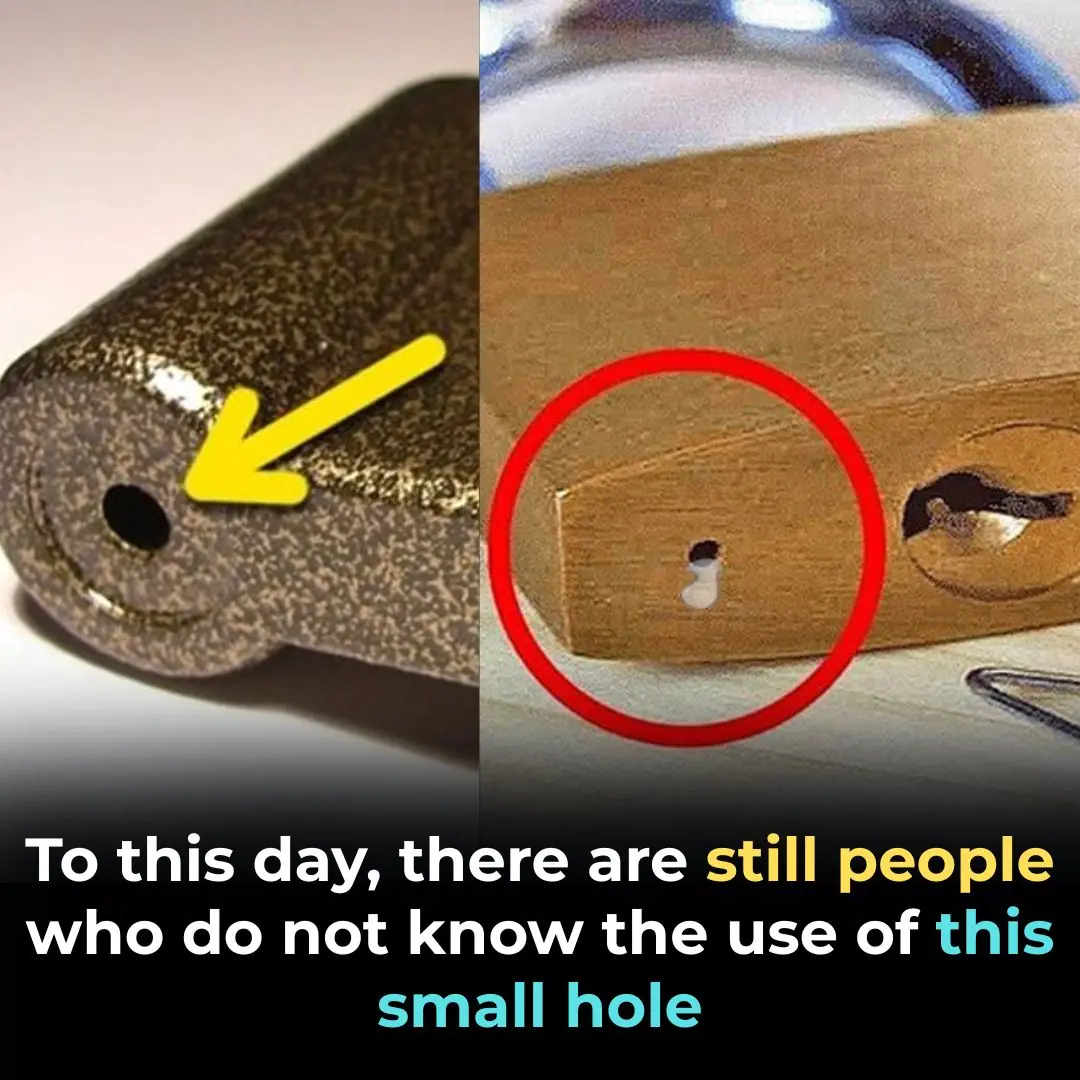
The Uses Of This Small Hole On a Padlock

You are doing it all wrong. Here's the right way to clean your washing machine

You are doing it all wrong. Here's the right way to store spices

You are doing it all wrong. Here's the right way to use your dryer
News Post

The #1 Food for Detoxifying and Supporting Kidney Health

Dark Chocolate and Tea Found to Significantly Lower Blood Pressure

Why This Doctor Refuses to Prescribe Statins for High Cholesterol
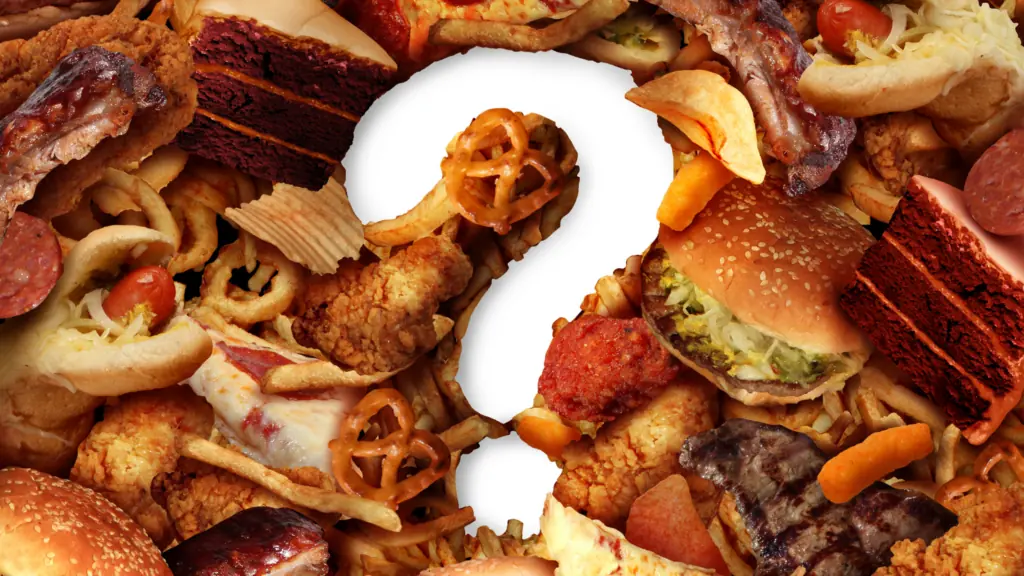
Top 5 Foods to Avoid if You Have High Blood Pressure
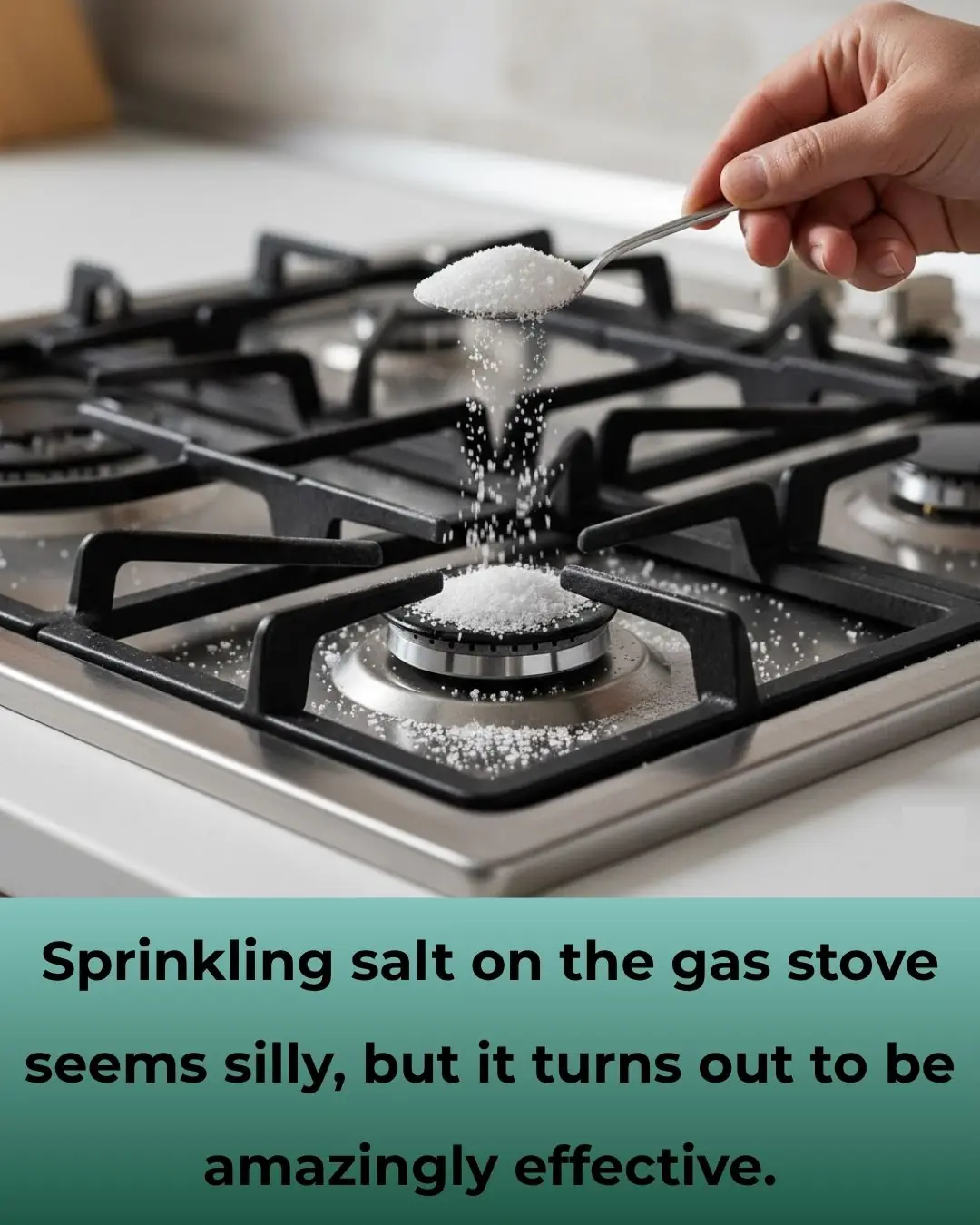
Why You Should Sprinkle Salt on Your Gas Stove

3 Flowers That Make Snakes Tremble — Natural Repellents You Can Grow at Home
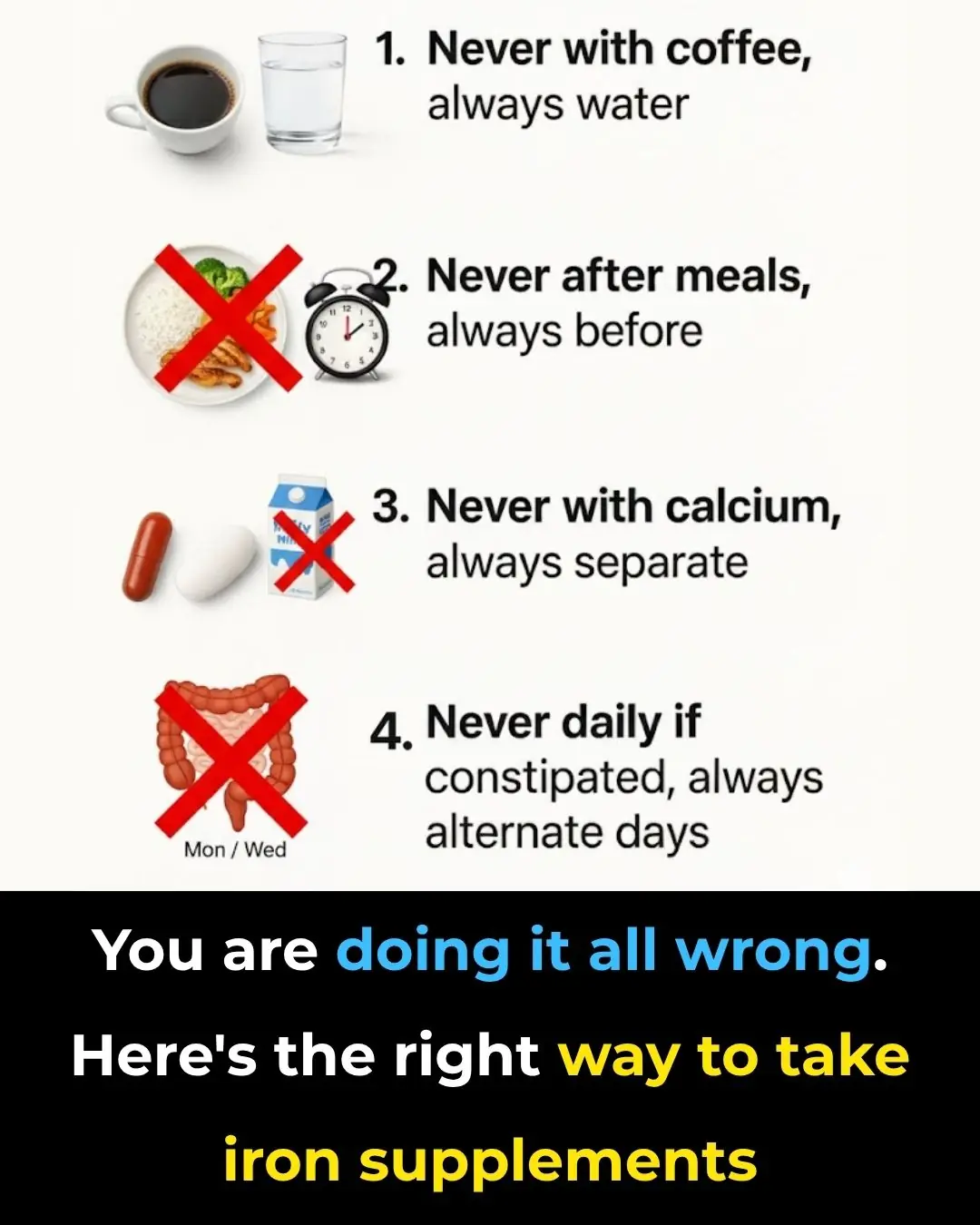
You’re Taking Iron Supplements Wrong — Here’s the Science-Backed Way to Do It Right
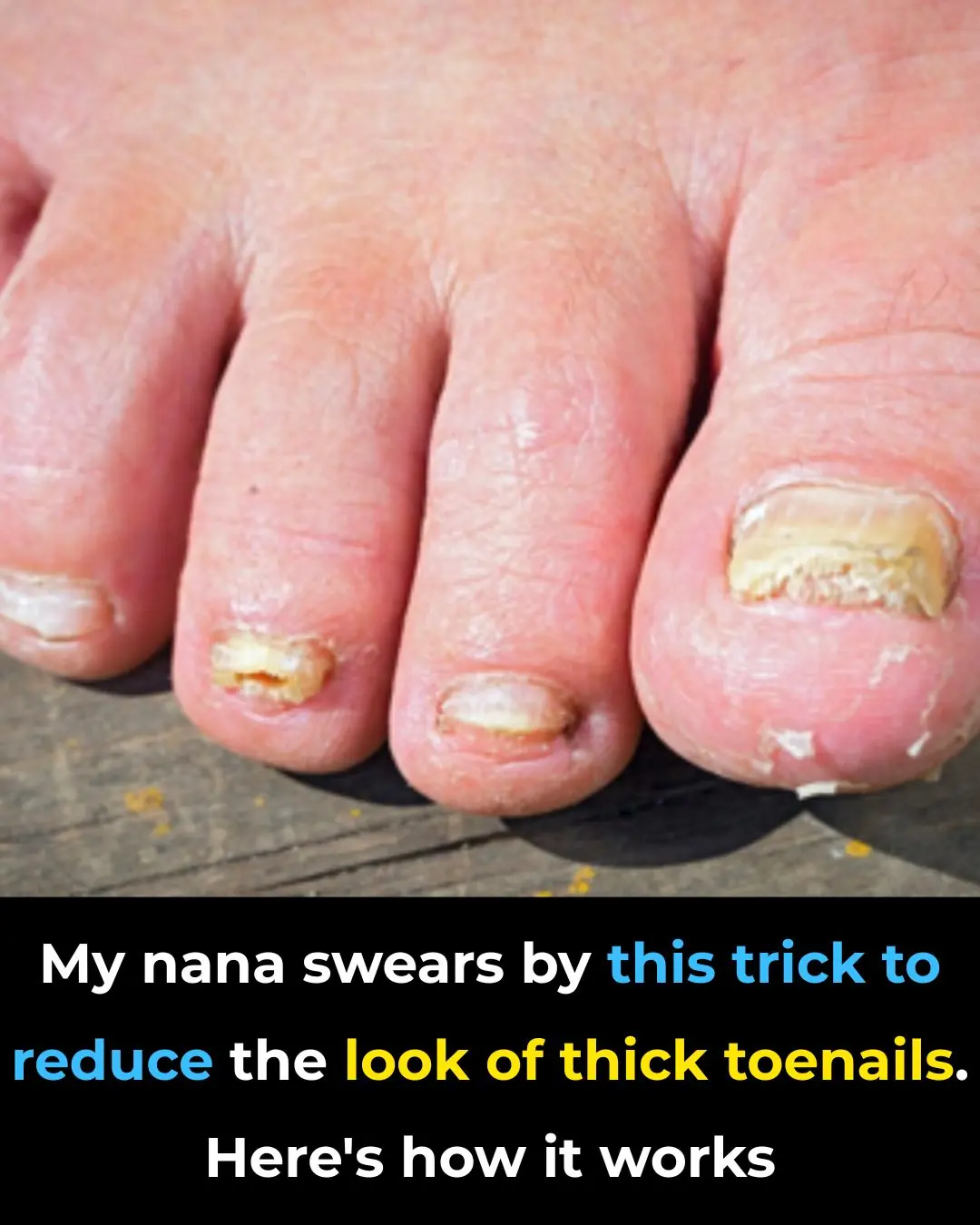
Nana’s Baking Soda Hack: The Surprisingly Effective Trick to Soften and Thin Thick Toenails

Never Mix Medications in One Box: 10 Serious Risks Most People Don’t Know

The Right Way to Take Ashwagandha: A Science-Backed Guide to Unlock Its Full Potential

Shrimp injected with impurities is easy to distinguish: Smart people will see this point

Tips for cleaning an air fryer without scrubbing and still clean as new
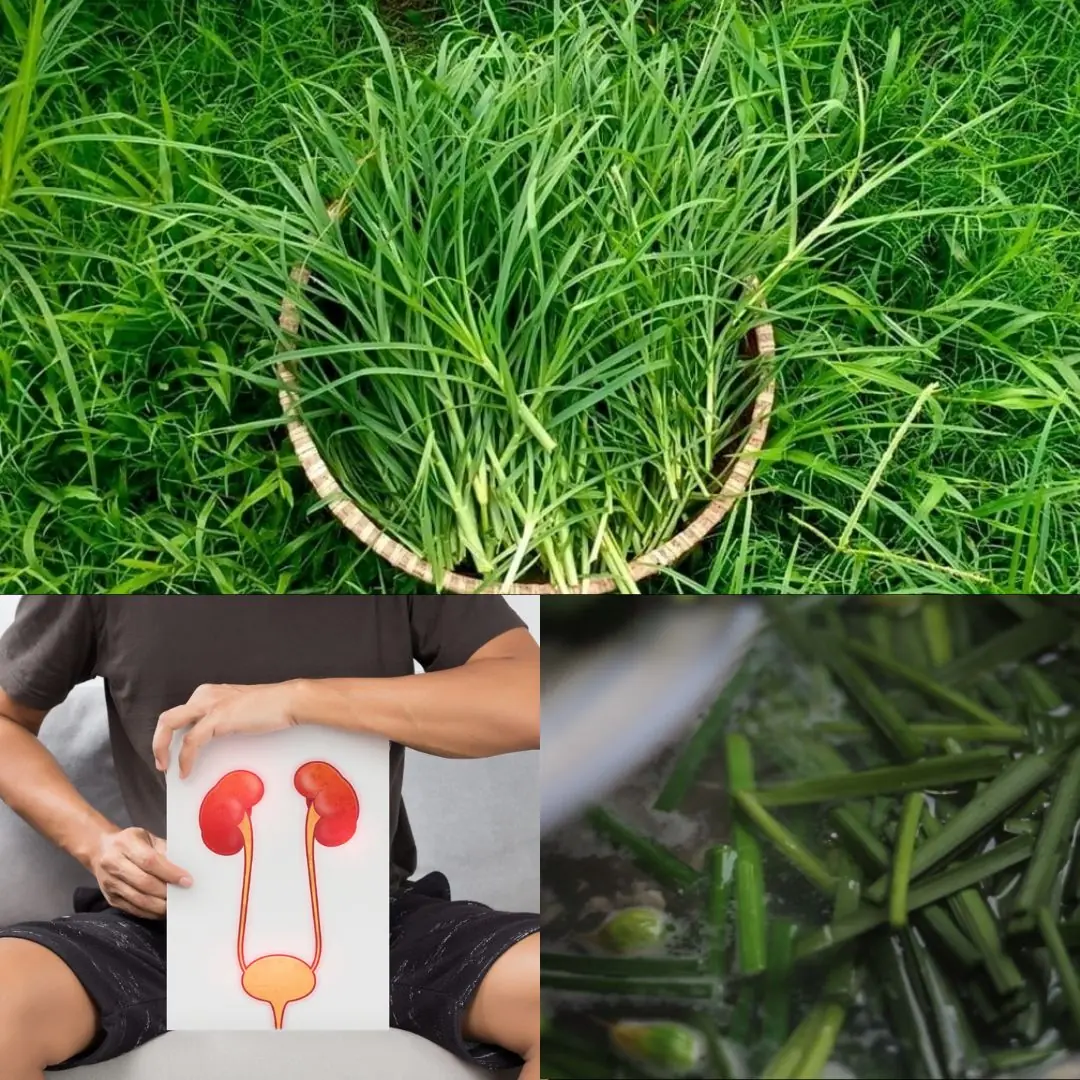
25 Incredible Health Benefits of Goosegrass

The water pipe is clogged, just blame this and it will be solved easily, no need to waste money calling a plumber.

How to clean the bathroom easily and effortlessly: It will stay clean and fragrant all week long

Simple tips for making crispy roast pork skin without much effort: Golden brown, crispy skin like in restaurants

How bathing too often can affect your health

Dirty sofa, do not use wet towel to wipe: Use this to clean it, it will not be damaged

Drop this into the basin, clams and snails will release all the mud and dirt, making them 5 times more fattening.
